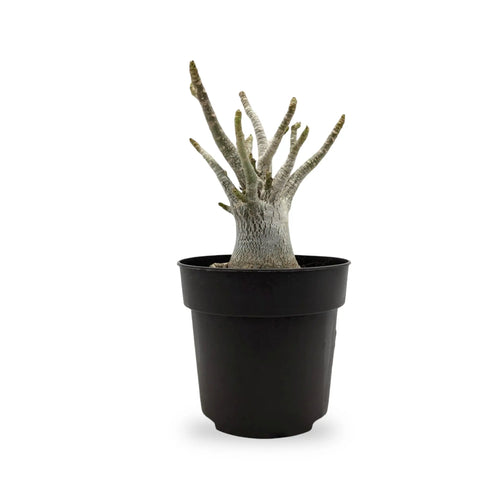With their showy, heart-shaped flowers and tropical disposition, Anthurium plants have become a staple indoor plant for home and office. Learning the unique care and growing habits of these beauties from the rainforests helps ensure they thrive.
Anthurium plants hail from the dense rainforests of Central and South America. There are over 1,000 diverse species within the Anthurium genus. They grow naturally as epiphytes, meaning they cling to trees and absorb moisture through their roots and leaves. The plant was first discovered in the 1870s and brought to Europe soon after, prized for its vivid flowers. Through the 20th century Anthurium plants spread around the world as popular ornamentals thanks to prolific blooms and adaptability to indoor culture.
Anthurium houseplants require relatively simple care to flourish such as:
- Place in well-draining fertile soil high in organic matter.
- Situate in bright, indirect sunlight avoiding harsh direct rays.
- Maintain consistent warmth and humidity around 70°F and 60% humidity.
- Water when the top few inches of soil become dry, taking care not to oversaturate.
- Apply balanced fertilizer monthly during spring and summer growing season.
- Prune back dead leaves and faded flower spikes to the base to encourage new growth.
Anthurium plants grow as understory plants meaning they thrive in humid, shady forests. They feature large, heart-shaped highly glossy leaves that rise from a central stem and have a showy flower spathes which are modified leaves that surround finger-like flowering spikes called spadices. Given proper care, a single plant can grow over 3 feet wide and tall while producing delicate flowers nonstop indoors.
The Anthurium’s refined elegance and vivid tropical flair make it a sought-after houseplant. The waxy foliage adds lush texture and sheen to indoor spaces and they're available in a rainbow of bright or pastel flower colors to match any decor.
They have long-lasting flowers bloom repeatedly on mature plants (and who doesn't like a flowering plant?!). They're relatively compact and slow growing, ideal for tables or shelving.
When grown indoors, Anthurium plants are relatively pest-free but may become affected by mealybugs that cluster on the undersides of leaves so look out for them. Scale insects can also adhere to stems and leaves.
Overwatering is the most common cause of issues and Anthurium's are no different to other house plants - remember less is often more when it comes to watering and this way you will avoid root rot that causes darkened waterlogged roots and yellowing leaf margins.
Summary
With their vibrant tropical blooms and polished leaves, Anthurium houseplants bring vitality and flair to indoor spaces. A bright filtered spot away from direct sun keeps them thriving. Avoid overwatering, monitor for pests, and fertilize regularly for endless enjoyment of Anthurium’s graceful elegance and delicate flair.








